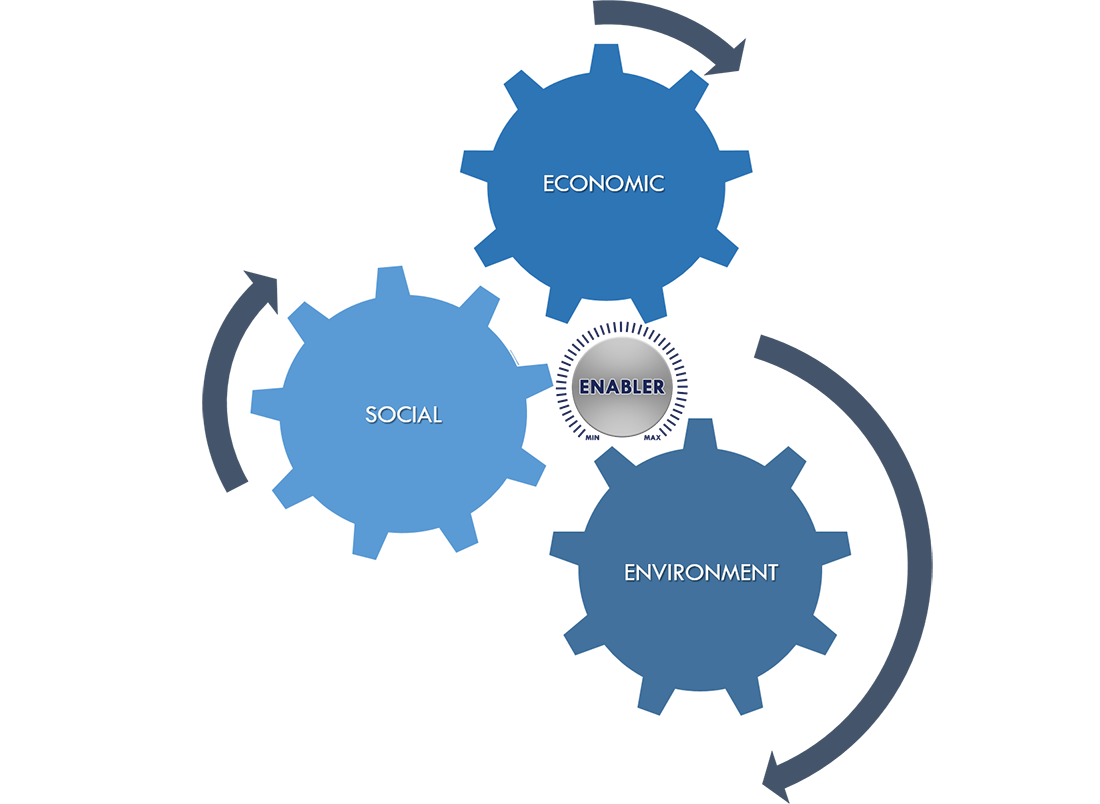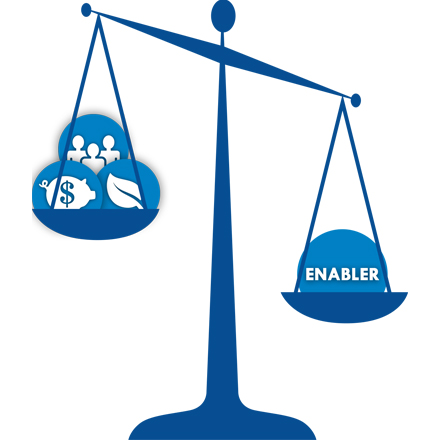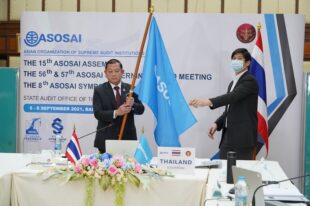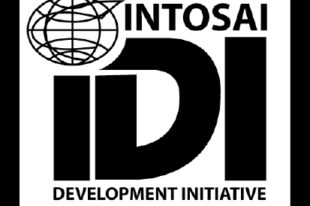by Tjokorda Gde Budi Kusuma and Muhammad Rizkarmen, Audit Board of the Republic of Indonesia
Sustainable development—development that meets present needs without compromising the ability to meet future needs—can be divided into three integrated dimensions: economic, environmental and social. These aspects must be balanced if we are to achieve the United Nations (UN) “future we want.”
How is such balance achievable and what does it look like conceptually? This article discusses an approach to auditing Sustainable Development Goal (SDG) implementation that compares the dimensions of sustainability using research, real data, existing conditions and case studies.
The approach embraces a “wheel of balance” concept and represents the dimensions of sustainability as a system of three interrelated gears that, when meshed together, move in opposite directions. This model can be used to demonstrate how policy can affect the economy, environment and society in such a way that is not always aligned with sustainability.
For example, economic, environmental or social policies and regulations can often neglect one aspect to achieve more significant benefits in the other dimensions, a condition contradicting sustainable development. Policymakers can help drive sustainable strategies by calculating costs and benefits associated with policy impacts and considering potential gaps.
A Case Study Example
To help realize sustainable fisheries development, Indonesia’s Ministry of Marine Affairs and Fisheries banned the use of trawls and seine nets in 2015. The ban, designed to cease the use of unsustainable fishing gear that causes resource and environmental degradation, raised citizen concern—many felt the government did not provide adequate, alternative solutions.
This particular case highlights a national emphasis on an environmental policy that focuses on ecological aspects but neglects to address (or balance) economic and social aspects. Research shows implementing a Sustainable Fisheries Management (SFM) process seeks to attain an optimal state that balances fisheries objectives with sustainability dimensions. The process also compels the government to review and consider multiple aspects affected by the policy—stakeholders, synchronization with other policies, capacity impact on small, local fishers, as well as foreign investment implications.
Assuming a clockwise rotation leads to improvement and a counterclockwise rotation leads to degradation, the gear model illustrates how the rotary motion requires addressing all three dimensions to maintain sustainability.
Using the case study as an example, banning trawls and seine nets are expected to protect the environment, thus the environment gear would rotate clockwise. Consequently, the social gear would rotate counterclockwise (social degradation) leading to a problematic gap in the economic dimension.
This concept reveals how trawls and seine net prohibition may protect the environment from damage caused by these tools. However, the policy also affects other areas in the fishery industry, as detailed in two studies published in 2016 and 2017 that discuss the socio-economic effects and explain how traditional fisherman economically profit from the policy (fishing in an area containing more stock and less competitors).
Wheel of Balance Concept


Figures 1 and 2 illustrate potential problematic gaps and how sustainability can be achieved when all stakeholders know the necessary enabler (something or someone making it possible for a particular event to take place) to integrate into economic, environmental and social objectives that addresses any problematic gaps.
Examples of enablers include resource optimization, cost effectiveness, and the Whole of Government approach.
The Wheel of Balance provides a better perspective on sustainability and delivers a framework and approach to improving how governments develop policies that more fully embrace the concept. Moreover, the Wheel of Balance can be used as a basis for Supreme Audit Institutions in preparing SDG audits aimed at ensuring adequate, appropriate audit recommendations.






